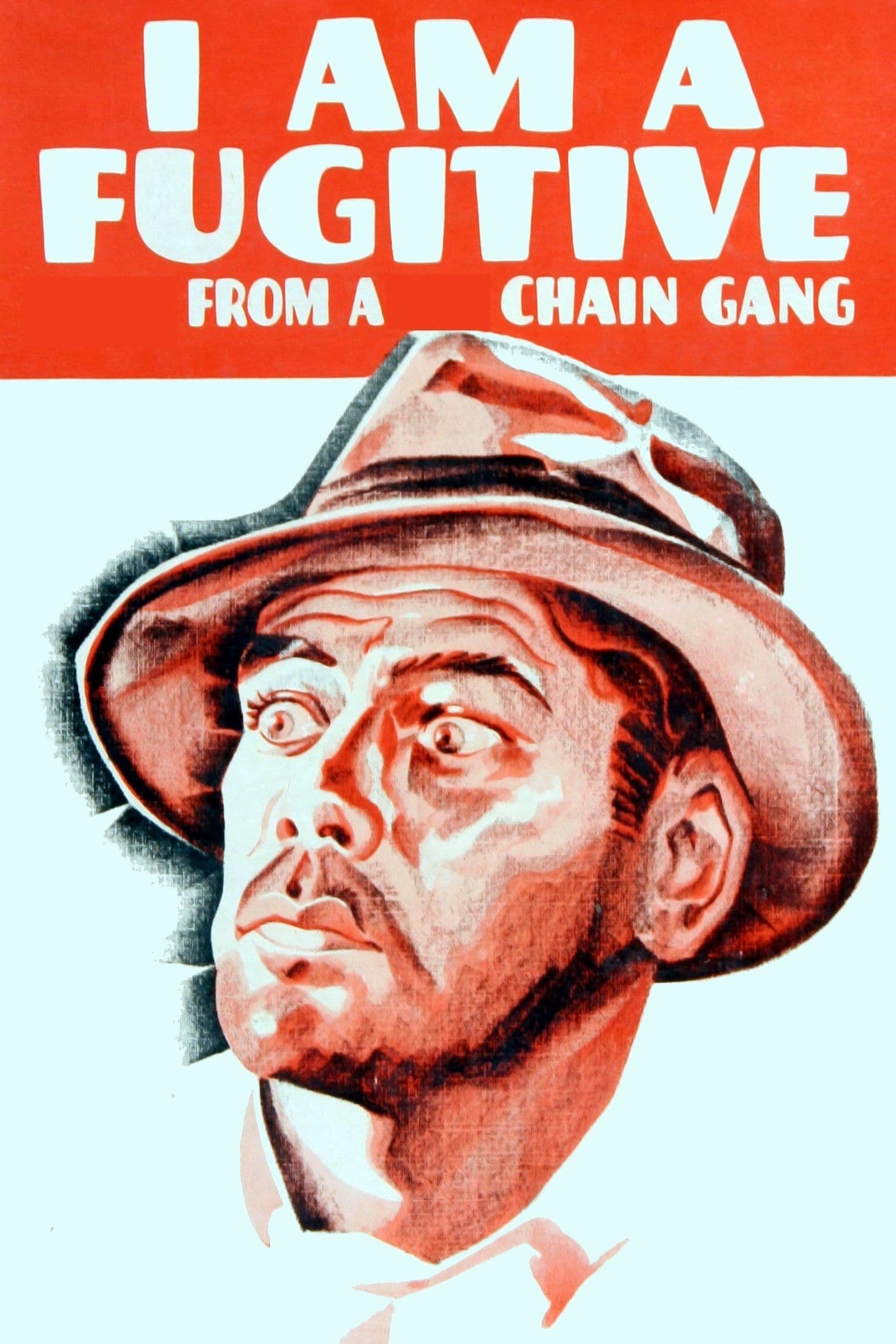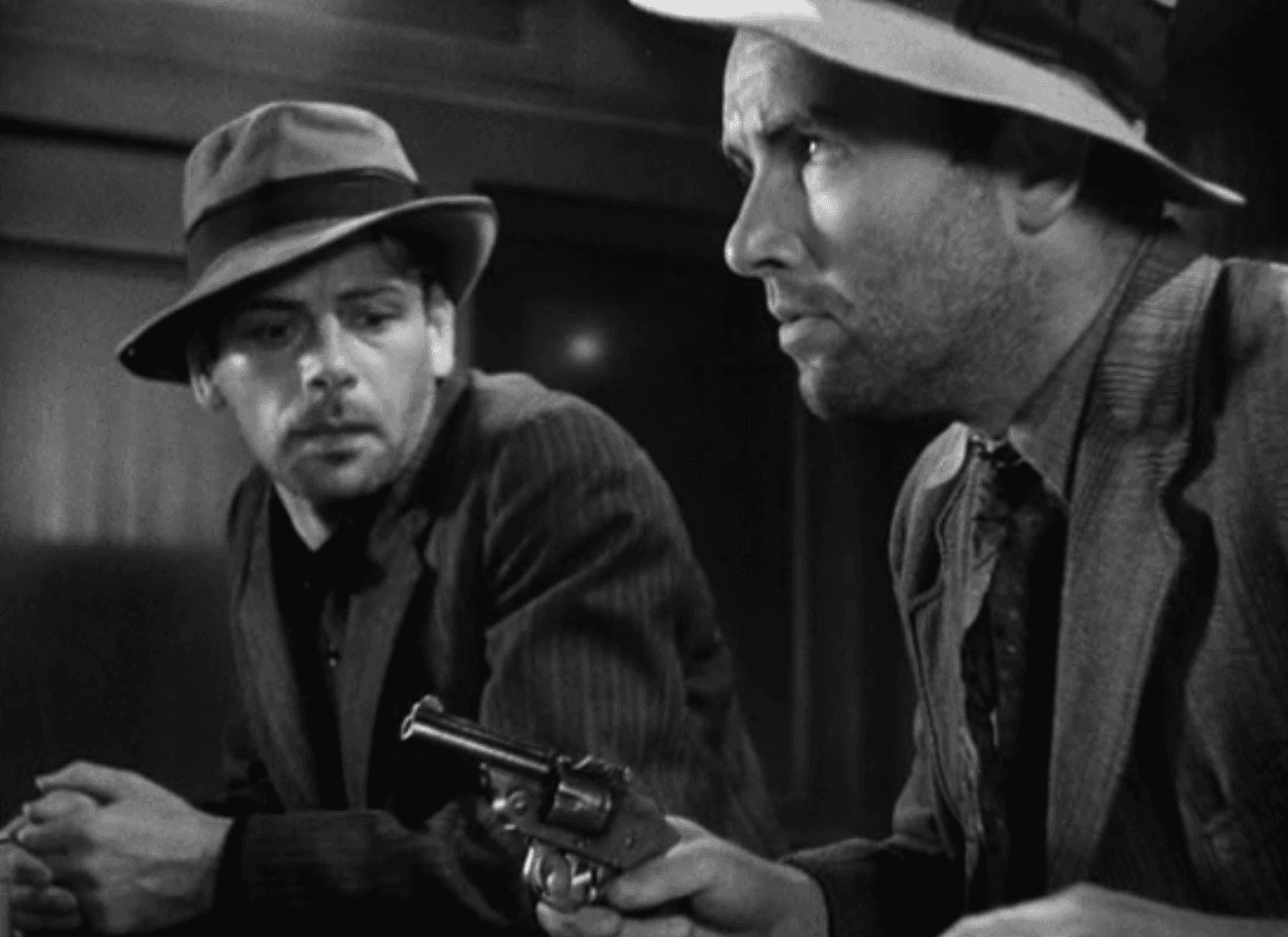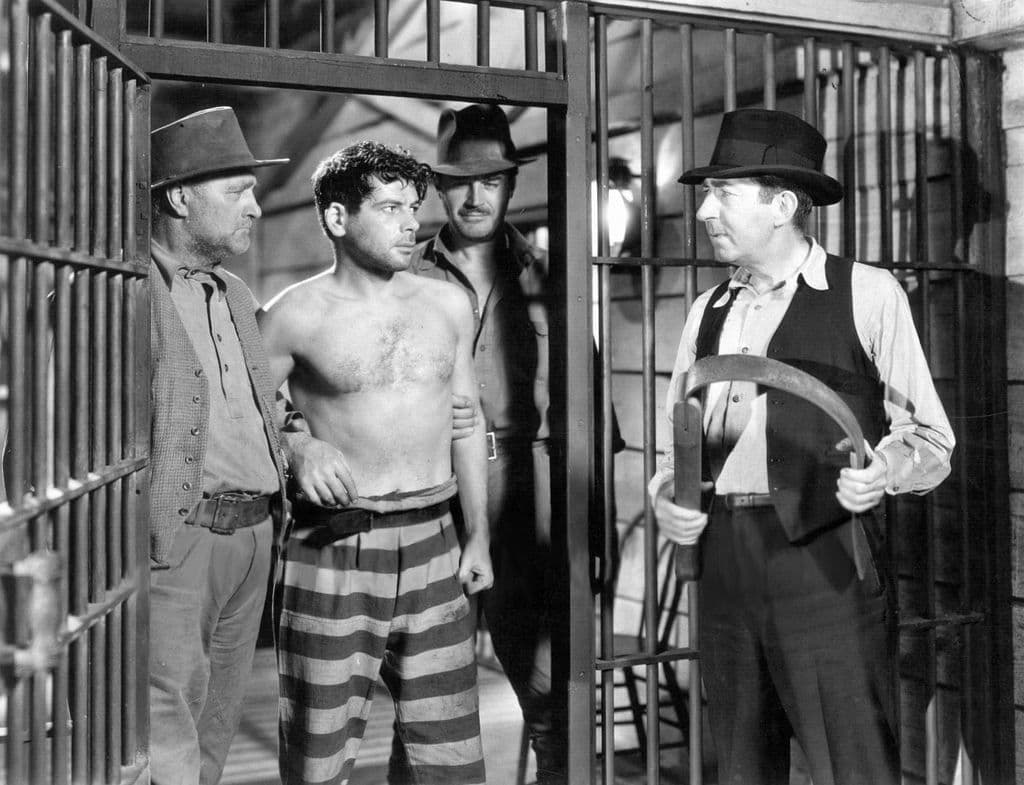
I Am a Fugitive from a Chain Gang
1932
Rate this movie
Average: 0.00 / 5
(0 votes)
Director
Controversial and fiercely opposed by some critics who utterly failed to grasp its revolutionary message of social denunciation, and no less importantly by established powers who saw in the film a direct attack on their reputation, this film by LeRoy has survived the scythe of time and has reached us intact in its freshness and extraordinary visual impact. It is a work that shook consciences, a cry of protest against the American prison system and its inherent brutalities. Made during the height of the Depression, the work is part of a context of great social ferment, in which cinema began to become a voice for the injustices and contradictions of the time, reflecting the disillusionment of a nation that saw its American dream crumble. The figure of the veteran, a symbol of an America that had sacrificed itself and now felt betrayed, amplified the resonance of the personal drama within the fabric of a deep economic and moral crisis. LeRoy, with a realistic and stark style, devoid of sentimentalism that would have tempered its force, stages the story of an innocent man crushed by the machine of justice, forced to endure torture and humiliations that go beyond mere punishment, bordering on the sadistic denial of all human dignity. The film, despite the controversies and censures that sought to diminish its veracity, had a significant impact on public opinion, helping to expose the abuses of the prison system and promote reforms, transforming from a mere cinematic work into a catalyst for social debate.
The plot, inspired by the true story of Robert Elliott Burns, whose legal ordeal and persistent battle for freedom continued even after the film's release, follows the events of James Allen, a war veteran who, after losing his job and all hope of social reintegration, is unjustly accused of robbery and sentenced to forced labor in a chain gang. LeRoy, with rawness and an almost documentary-like realism, shows the inhumane conditions to which the inmates are subjected: the grueling labor under the scorching sun, the weight of the chains, the physical and psychological torture, the arbitrary and sadistic violence of the guards, and the systematic annihilation of individual identity. Allen, after various attempts and a brief illusion of freedom, manages to escape, but his flight turns into an existential nightmare, a continuous struggle for survival in a hostile world that, instead of offering him refuge, relentlessly hunts him down. The irony of being "free" yet constantly hunted, forced to live in the shadows and perform desperate acts to survive, is the pulsating heart of a bitter reflection on the nature of justice and freedom itself. The film, with a bitter and pessimistic ending, culminating in the iconic and harrowing line "I steal!", shows us a man destroyed and morally annihilated by his experience, a harrowing symbol of all those who are victims of a blind, unjust, and ruthless system, incapable of redemption or forgiveness.
LeRoy adopts a realistic, almost documentary-like style, to show the inhumane conditions of prisons and the violence inherent in the penitentiary system. This aesthetic choice, so far removed from the Hollywood glamour of the era, imbues the work with a depth and gravitas that elevate it far beyond mere entertainment. The film does not merely tell an individual story, but becomes a voice for universal social denunciation, questioning not only prisons, but the entire institutional framework and its role in society, pondering the validity of a system that produces monsters rather than rehabilitating. A disruptive technical innovation, almost avant-garde for its time, is the juxtaposition of the narrator's role (Allen's inner voice, a stream of consciousness that amplifies his torment) with live events kept in the background, creating an effect of raw authenticity and a sense of urgency that broke with traditional narrative conventions. Not by chance, I Am a Fugitive from a Chain Gang is considered a precursor to Italian Neorealism. Despite the due differences in historical and stylistic context – Neorealism would emerge from the ashes of a devastating war, focusing on everyday life and often employing non-professional actors – LeRoy's film anticipates some key elements of that movement, particularly concerning its focus on social realism and the denunciation of injustices suffered by the humble, the focus on ordinary characters overwhelmed by extraordinary events, and a certain predilection for on-location filming that amplifies authenticity. The film's editing is linear and functional to the narration, without temporal jumps or flashback devices that could have eased the tension or deviated from its relentless progression. This choice anticipates the Neorealist tendency to favor simple and chronological editing, which follows the development of the story naturally, almost inexorably, reflecting the lack of escape routes from the presented reality. Also notable is the performance of Paul Muni, a true master of acting, who received an Oscar nomination without winning the statuette but carved an unforgettable character into marble. His ability to convey the searing pain, impotent rage, and deepest despair of the character, through a physical and psychological performance of rare intensity, contributes to making the film even more powerful, engaging, and timelessly relevant. Muni embodies the pain of an entire generation, transforming Allen's individual story into a collective cry.
Country
Gallery




Comments
Loading comments...